Flossie Wong-Staal: Virology Pioneer – An Audio Bedtime Story
🎧 Audio Story of Flossie Wong-Staal ✨
Meet Flossie Wong-Staal: The Virus Detective Who Fought AIDS
👧 Growing Up with Big Dreams
Hi there! My name is Flossie Wong-Staal, and I want to tell you the story of how I became a scientist who helped the world understand one of the most dangerous viruses ever known—HIV, the virus that causes AIDS.
I was born on August 27, 1946, in Guangzhou, China. Back then, China was going through a lot of changes, and my family decided to move to Hong Kong when I was just eight years old. I was a curious kid who loved asking questions. Have you ever looked up at the stars and wondered how the world works? That’s exactly how I felt.
In school, I was especially interested in science. I wanted to know more about life—how our bodies work, how diseases spread, and how we can stop them. I knew early on that I didn’t just want to read about science. I wanted to discover something big.
🎓 From Student to Scientist
When I was older, I took a giant leap and moved far away to the United States. I studied at the University of California, Los Angeles (UCLA), where I earned a Ph.D. in Molecular Biology. Sounds fancy, right? Basically, I studied really tiny things—like viruses! I was especially interested in how viruses invade the body and make people sick.
Later, I started working at a place called the National Institutes of Health (NIH), where the smartest doctors and scientists work to help people all over the world.
It wasn’t always easy. Imagine being one of the only women—and one of the only Asian American women—working in a building full of scientists. Some people didn’t believe I could do it. But I kept going. I knew I had something important to share.
🧬 Solving the Mystery of HIV
In the early 1980s, a terrifying new disease called AIDS started making people very sick. No one knew exactly what caused it, and doctors were scared. People were dying, and there was no cure.
That’s when I stepped in.
Working with my team at NIH, I became the first scientist in the world to clone the HIV virus. Cloning the virus means making a copy of it in the lab so scientists can study it safely. This helped us understand how the virus spreads and how it attacks the body. It was a big, big deal! 🧠
We also figured out how HIV behaves and how to look for it in people’s blood. That discovery helped scientists create better treatments so that people with AIDS could live longer and healthier lives.
Can you imagine how exciting it felt to know that our work could help save millions of lives?
💪 Fighting Back Against Challenges
But being a scientist wasn’t always easy. Sometimes our research took years, and other times, people didn’t believe in our work. Some people were afraid of AIDS and didn’t want to talk about it.
But I never gave up.
Why? Because I knew that helping just one person live a better life was worth all the hard work.
Later in my career, I moved to San Diego and became a professor and researcher. I wanted to teach young scientists just like you to dream big and use science to do good in the world.
🌈 A Legacy of Hope and Science
Here’s what I hope you remember about me:
- I helped clone HIV, which was a giant step in understanding the virus.
- I was one of the first women and first Chinese-American scientists in my field.
- My work gave people hope during one of the scariest medical crises in history.
I didn’t wear a superhero cape, but I used my brain and my heart to make a difference.
So, what can you do if you want to help people too? Maybe you want to be a scientist, a doctor, or even a science teacher. All you need is curiosity, courage, and the willingness to keep learning—just like I did.
🧭 Final Thoughts from the Lab
Even though I passed away in 2020, my work still lives on. Other scientists continue to study HIV and build on the discoveries we made many years ago. And every time someone with HIV gets the care they need, I smile from somewhere up above.
Like other heroes of history, I knew it was my time to act. But I didn’t become an innovator overnight. It took years of learning, exploring, and believing that science could make the world better.
So, next time you see a tiny microscope or read about amazing inventions, remember me—Flossie Wong-Staal—the virus detective who never gave up.
Would you like to read more stories about other inspiring innovators like me? Or maybe learn about some courageous changemakers who changed the world? We’ve got plenty of cool heroes to meet!
And don’t forget, if you’re curious, you’re already halfway to becoming a great scientist.
🔍 Learn more about HIV and Flossie Wong-Staal’s work at Britannica Kids.
Stay curious, young scientist! 💡
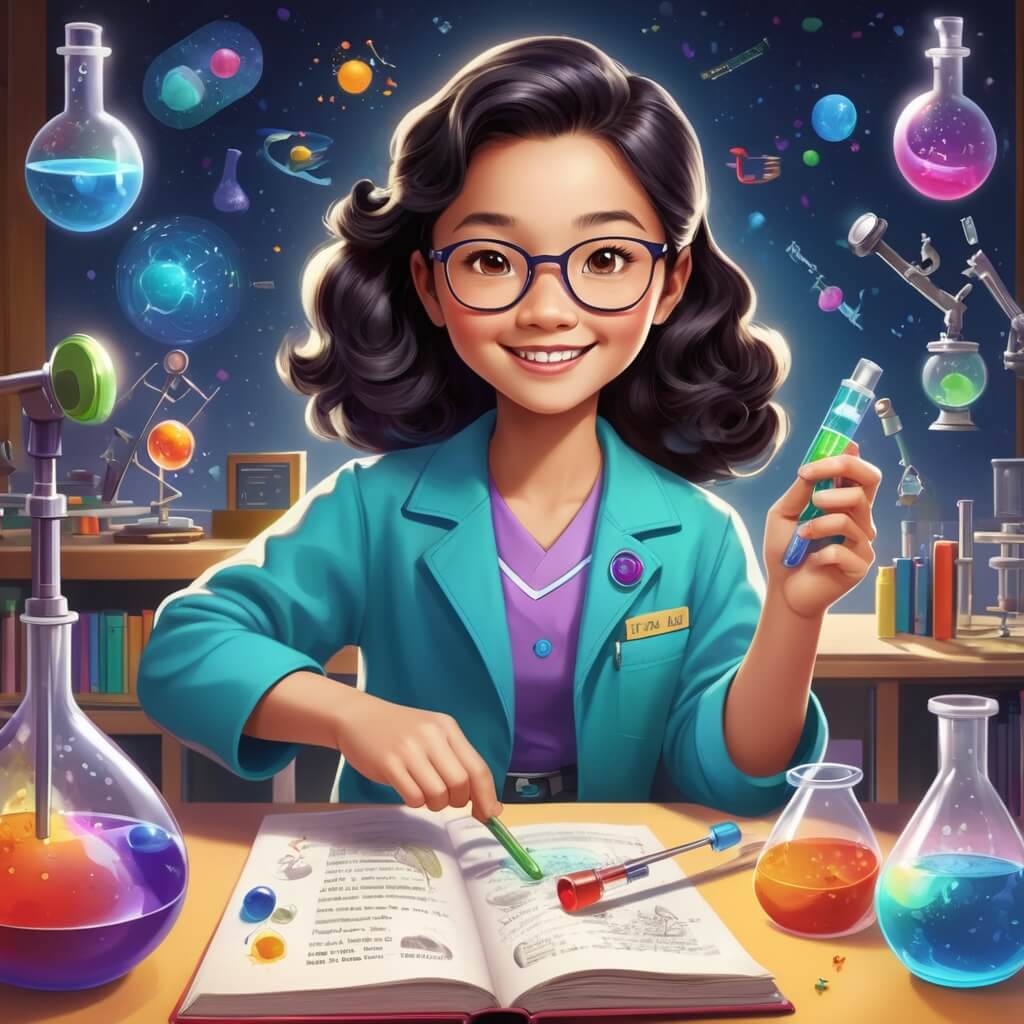
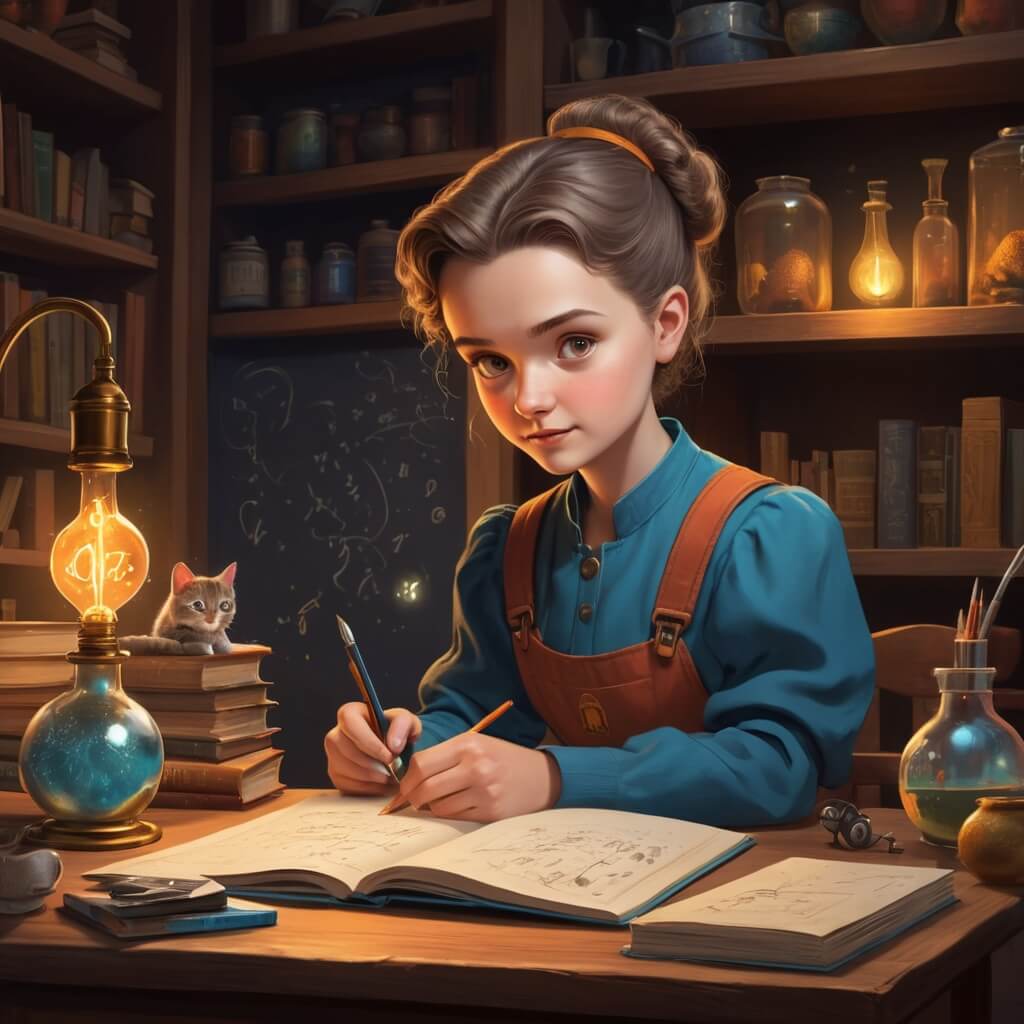
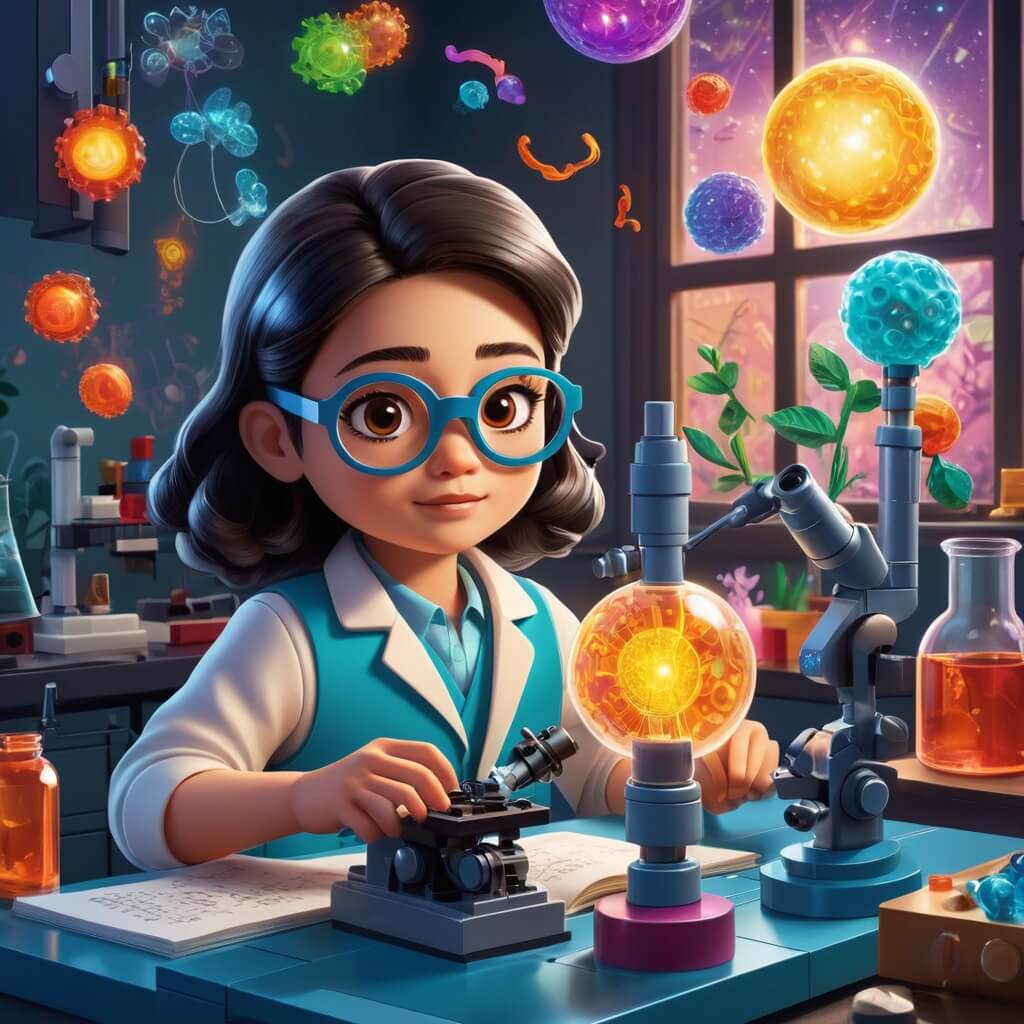
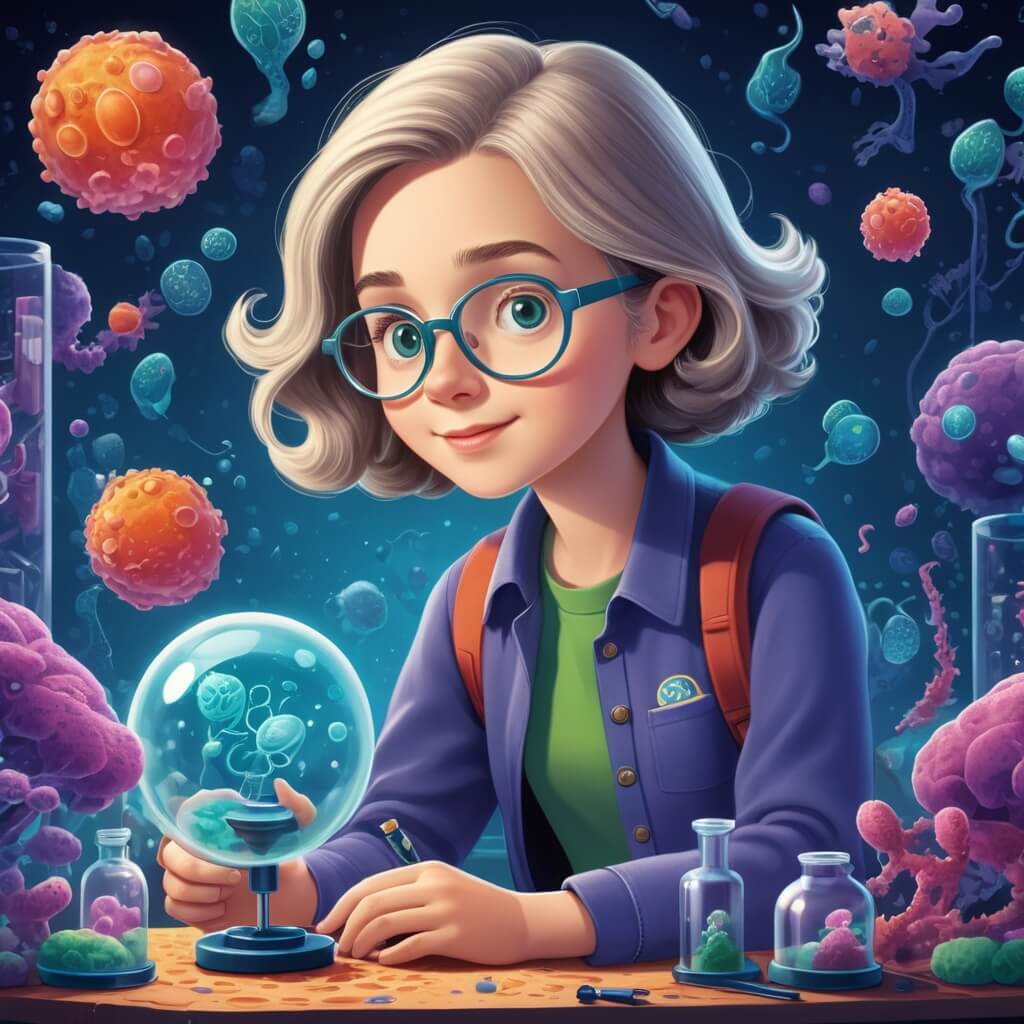
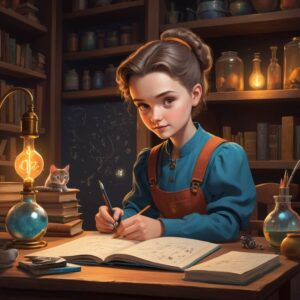
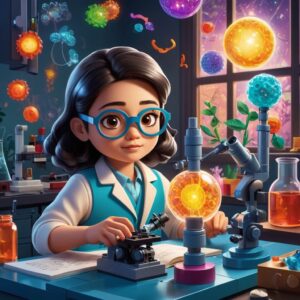
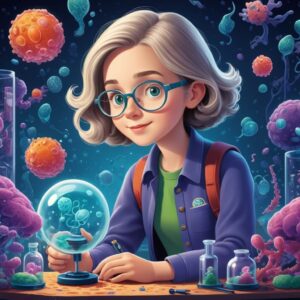
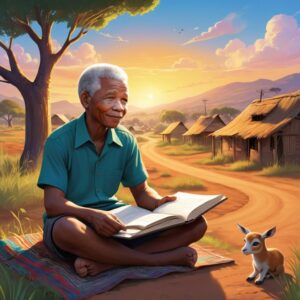
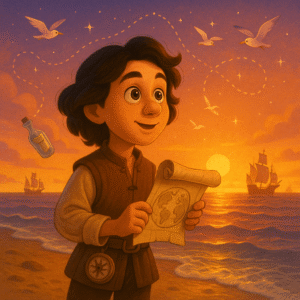
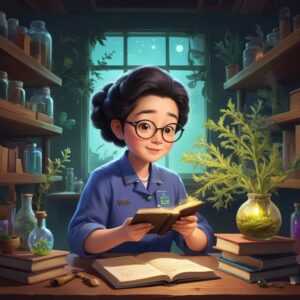
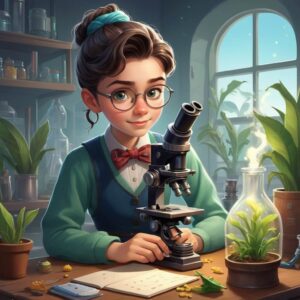
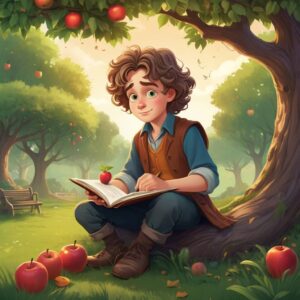
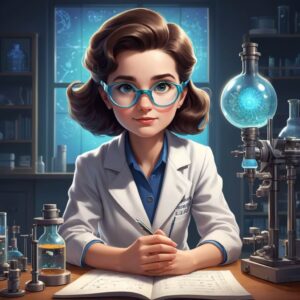
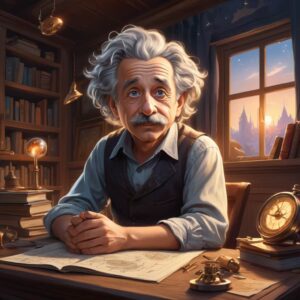
Post Comment